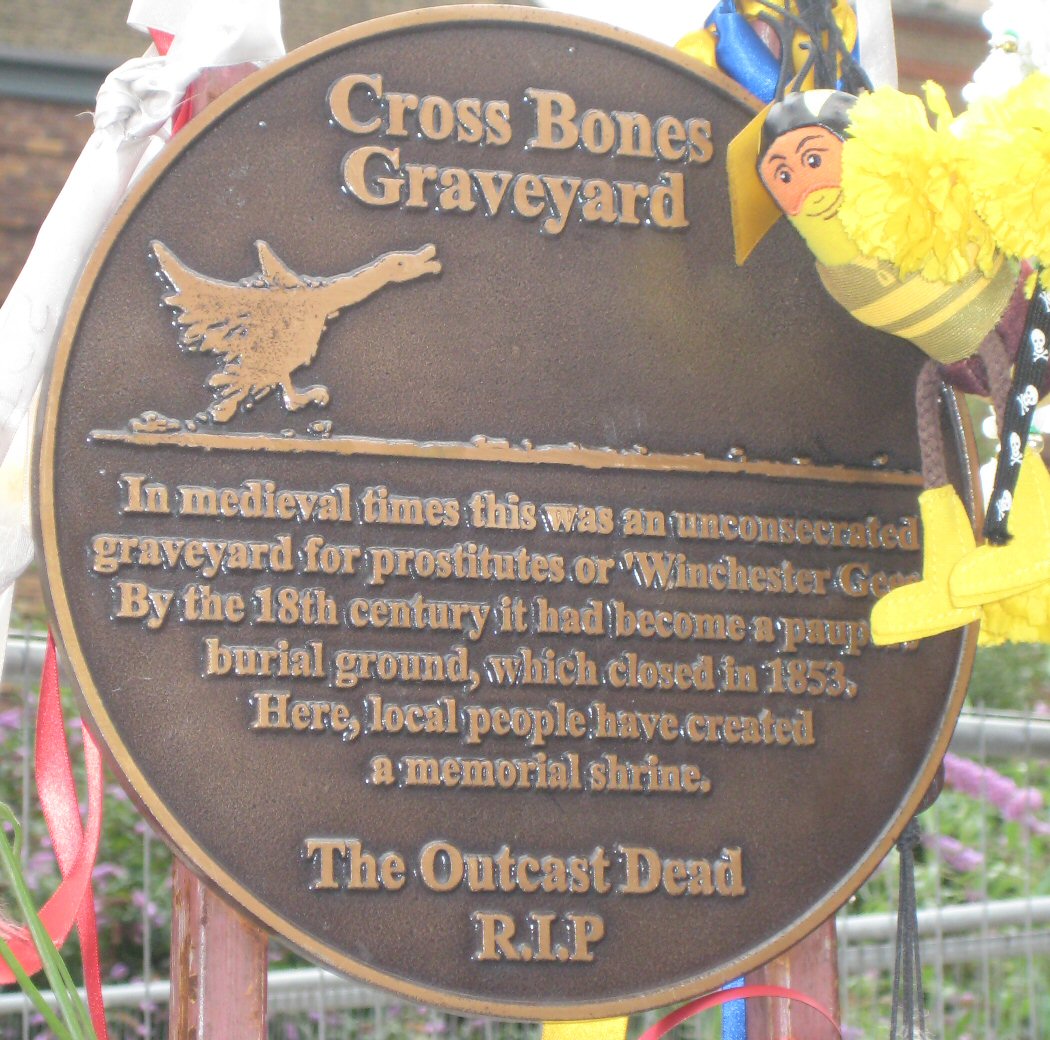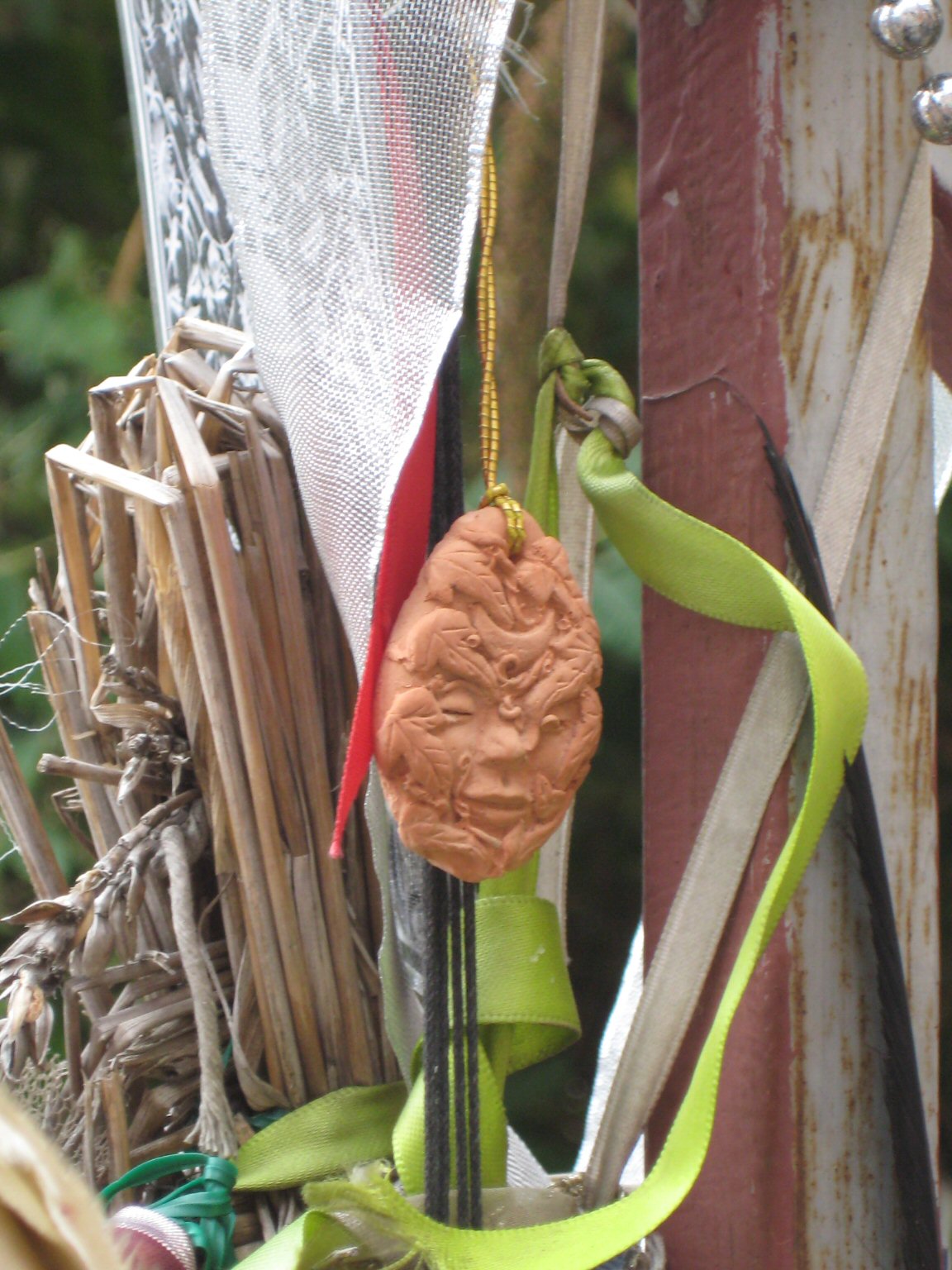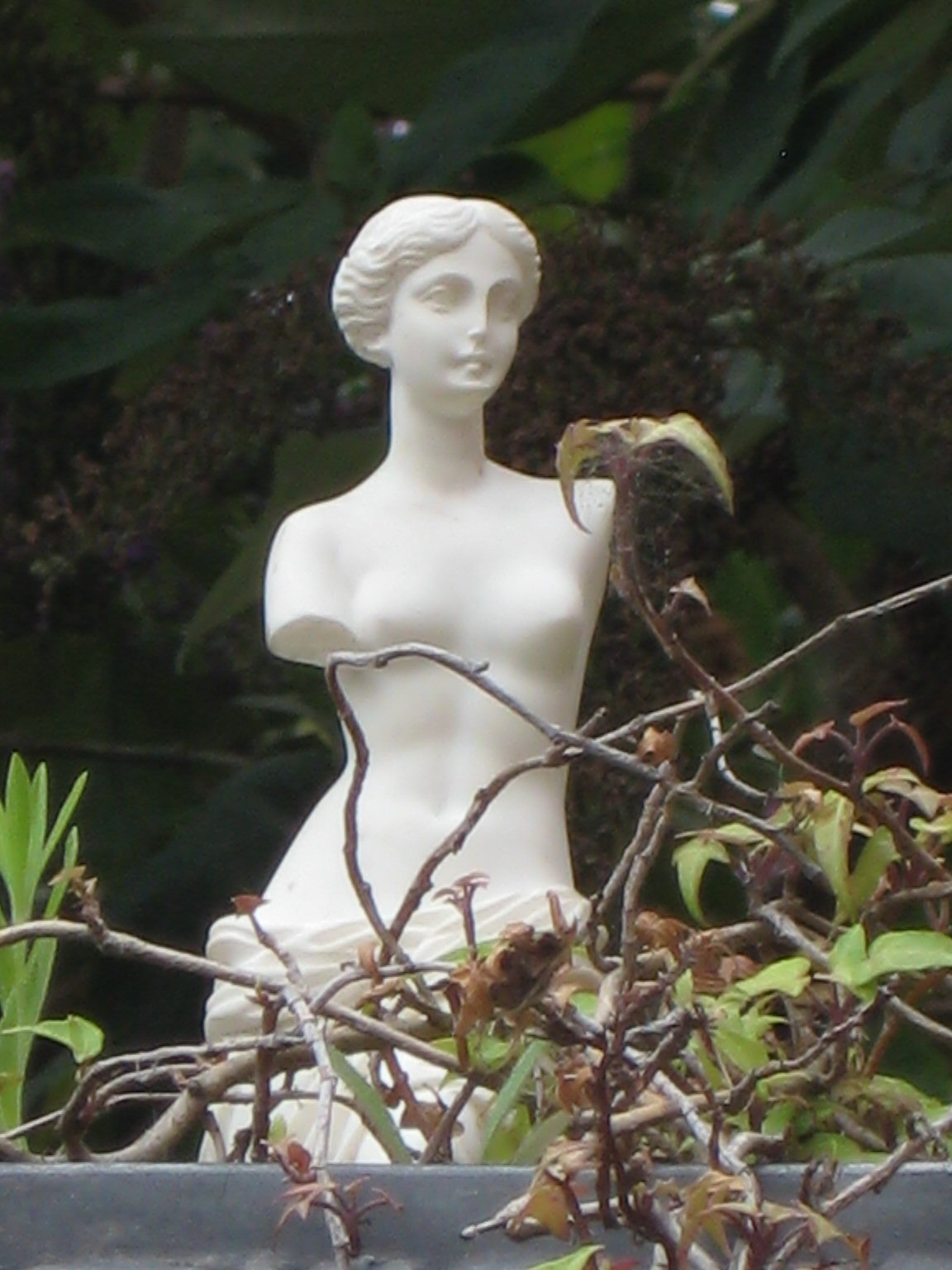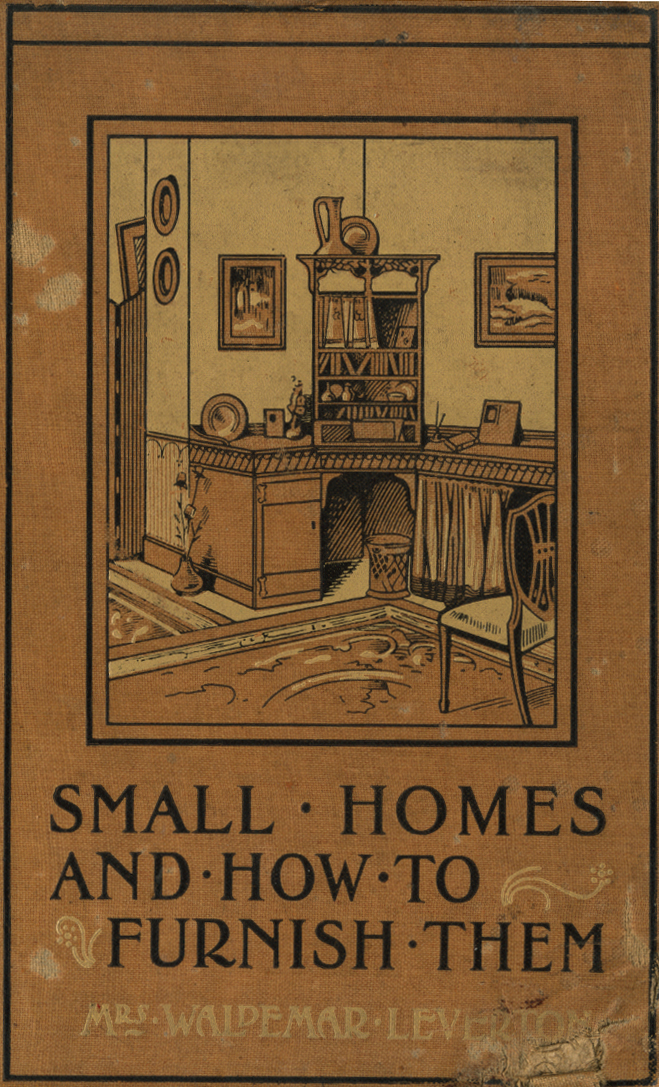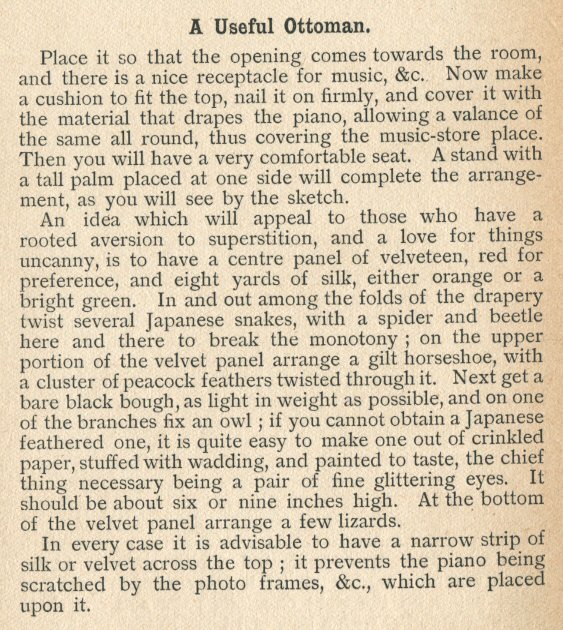There has been much press coverage of the frankly bonkers dietary regime followed by Olympic uberchamp Michael Phelps. It is instructive to compare the swimmer’s daily food intake with that of fictional athlete Bobnit Tivol, the sprinter and pole-vaulter who thrilled the masses during the last century.
We are fortunate, then, that the fictional athlete’s coach and mentor, the all-too-real and non-fictional Old Halob, devoted many pages of his Memoirs to this very topic. Old Halob himself grew up in paupery, and often had little else to eat but birdseed stolen from bird-tables on the lawns of bird-obsessed villagers in his bird-choked village. Later in life, dining in expensive restaurants, he would often demand a bowl of millet as a side helping, and, being Old Halob, he always got what he wanted.
When it came to devising a diet for his sporting protégé, the irascible and chain-smoking coach paid heed to the theories of the nutritionist Catnip Wedge, who was himself a top bobsleigh competitor, though never a champion. Wedge was convinced that he could have won a mantelpiece’s worth of cups and medals had he eaten more “Laughing Cow†brand processed cheese triangles during his active bobsleighing years, backing up this theory with abstruse charts and diagrams. Old Halob could make head nor tail of these, but was won over by a certain hectoring tone in the nutritionist’s prose. As he wrote in the Memoirs:
I could make head nor tail of Wedge’s abstruse charts and diagrams, but there was something in his hectoring prose that convinced me he must be correct. Thus it was that when I took fictional athlete Bobnit Tivol under my capacious wing, I insisted that he eat a dozen packs of “Laughing Cow†brand processed cheese triangles for breakfast every day, including the packaging, with the tinfoil and that little red thread ostensibly designed to unseal each portion. Within a fortnight, he came second in the Bodger’s Spinney Athletics Club’s Annual Rainsoaked Five Hundred Yard Sprint Practice. In all his previous attempts at this race, the spindly fictional athlete had toppled to the ground in a swoon at the report of the starting pistol. It was the first time I realised that I had a future champion on my hands.
Old Halob’s hands, by the way, were hairy and curiously fat, but that need not concern us here. He sought out the more obscure writings of Catnip Wedge and, though he did not really understand them, as the translations were unreliable, he soon had prescriptions for Bobnit Tivol’s lunches and dinners as well as his breakfasts:
Lunch, he wrote, consisted of curd and balls of suet and reconstituted meat slices on a bed of sponge and fish innards, washed down with two big tumblers of aerated malt vinegar sprinkled with plenty of pips, followed by a slab of seed cake and a toffee apple. Dinner was a whole vegan pig substitute boiled in linseed oil, with a drizzle of cognac, two bowls of raw ears of wheat with paprika and enriched mulch, duck brains, cornflakes, hedge clippings, roast potatoes, cabbage and sugarsnap peas, and a dozen smokers’ poptarts, plus pails of water siphoned from a distant eerie pond. If he had a race coming up the next day, I insisted that the fictional athlete tuck in to an extra supper of innumerable sausages in sausagey sauce straight from the saucepan.
Bobnit Tivol’s performances, both on the track and in the pole-vault, underwent a dramatic improvement, but he failed to become an outright winner until Old Halob made a significant and unexpected addition to his diet.
All else would have been as naught, he wrote, had I not experienced a mental thunderclap one Thursday morning. I had good reason to be thankful to Catnip Wedge for showing me how to shovel food down fictional athlete Bobnit Tivol’s gullet, but for him to be a perennial runner-up was not good enough. That morning, as I hacked and spluttered my way through a coughing fit brought on by my umpteenth cigarette of the day, the supply of oxygen to my pulsating cranium was temporarily cut off, and, during the resulting spasms, I think I had some sort of abnormal hallucinatory insight. Whatever it was, when I came to, writhing on the linoleum with sputum dribbling down my goatee, it was crystal clear to me that what was missing from all of Wedge’s advice was guidance upon elevenses. Now, for any athlete, fictional or otherwise, elevenses is the most important meal of the day. I realised I would have to devise something for my protégé, a toothsome snack that would make him into the world-beater I knew he could be.
And so began a series of experiments. Over the next few months, Old Halob tried out a bewildering variety of elevenses recipes on the lanky runner, including Bath Olivers, distilled ditchwater, lettuce ‘n’ castor sugar flan, jugged stoat, fish in pastry, contaminated yoghurt (pronounced yoh-hoort), chocolate swiss roll, greasy partridge pie, milk of magnesia through a straw, and the bone marrow of sacrificially slaughtered Toggenberg goats. Some of these snacks knocked seconds off Bobnit Tivol’s sprinting times, but some made him windy or sluggish or hysterical. None seemed to work consistently. The breakthrough came on the eve of the fictional athlete’s most important race to date. Back to the Memoirs:
The breakthrough came on the eve of the Blister Lane Exciting Tiptop Sprinting In Inclement Weather Challenge Ribbon. I desperately wanted Bobnit Tivol to be able to twine that legendary ribbon around his legendary – albeit fictional – forehead, and I was so fraught that I collapsed into a coma. Unsupervised, the fictional athlete spent the whole day snacking on elevenses, neglecting his breakfast, lunch and dinner. Not only did he scoff down my various recommended elevenses, but he got out the pots and pans and cobbled together some of his own, such as a delicious lemon meringue pie with eels. The next day, at Blister Lane, he triumphed. We never looked back.
I don’t know about you, but I find these memories almost unbearably moving, so much so that I am going to sob into my napkin. Michael Phelps may be the most successful Olympian in history, but he has not been coached by Old Halob, and compared to fictional athlete Bobnit Tivol he is just a weedy milksop.

